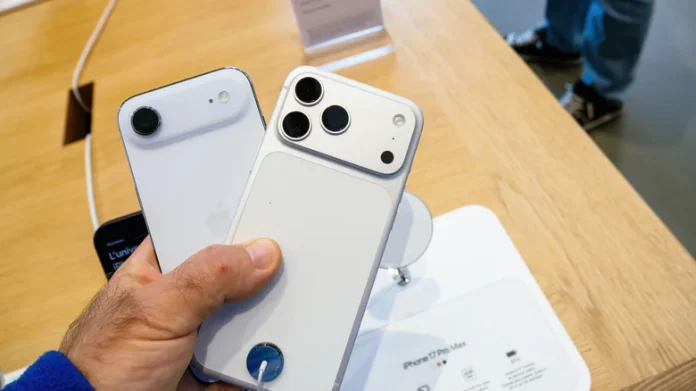Apple’s iPhone Air is a remarkable piece of engineering — but not exactly a blockbuster in sales. According to a new report from South Korea’s The Elec, Apple plans to cut iPhone Air production after demand came in lower than expected. Citing Mizuho Securities analyst data, the report claims production may be reduced by about 1 million units.
Despite the slowdown, Apple’s broader iPhone lineup is thriving. Demand for the entry-level iPhone 17 and iPhone 17 Pro remains exceptionally strong, easily outpacing that of the ultra-thin iPhone Air. To meet this surge, Apple is reportedly ramping up iPhone 17 production by 2 million units, the iPhone 17 Pro by 1 million units, and the iPhone 17 Pro Max by 4 million units. All told, overall iPhone 17 sales appear robust — consistent with recent reports of continued momentum in Apple’s smartphone business.
iPhone 17 demand still outpacing supply
It’s not hard to see why Apple is scaling back on the iPhone Air. While impressively light and comfortable to hold, the value offered by the iPhone 17 lineup simply overshadows it. Many reviewers have called the iPhone 17 the best base model Apple has made in years, thanks to its impressive performance and battery life gains.
For context, the iPhone 17 supports up to 30 hours of video playback — a major leap from the iPhone 16’s 22 hours. This improvement alone has contributed to brisk demand. As of mid-October, shipping estimates for several iPhone 17 configurations remain extended to 2–3 weeks across major markets like the U.S., U.K., France, Switzerland, China, and Japan. Buyers hoping for faster delivery may find better availability with the 256GB variant, as the higher-capacity models are more constrained.
In China, where Apple closely monitors consumer sentiment, the iPhone 17 launch shattered records. Preorders during the first minutes of availability reportedly surpassed the iPhone 16’s total first-day preorders, signaling enthusiastic early adoption. Although Apple does not disclose model-specific sales figures, more insight is expected during the company’s quarterly earnings call later this month.
Why Apple isn’t worried about the iPhone Air
The iPhone Air was never expected to dominate Apple’s lineup. Priced higher than the iPhone 17 yet featuring fewer camera upgrades than the iPhone 17 Pro, it sits in a somewhat ambiguous middle ground. However, that positioning may be intentional.
Rather than a mainstream device, the iPhone Air appears to serve as a technological bridge — a testbed for Apple’s future foldable ambitions. Bloomberg recently reported that Apple’s foldable iPhone, still in development, will resemble “two titanium iPhone Airs side by side” when unfolded.
In this context, the iPhone Air can be seen as a proof of concept: a showcase of Apple’s ability to push the limits of thin design without compromising battery life or performance. The engineering advancements from the Air are expected to influence the upcoming foldable iPhone, which is tentatively slated for release in 2026 — though some reports suggest that timeline could slip to 2027 as Apple finalizes key design components.
Ultimately, Apple doesn’t need every model to be a top seller. The iPhone Air’s true role is strategic — shaping the future of how iPhones are built rather than just how they sell.





